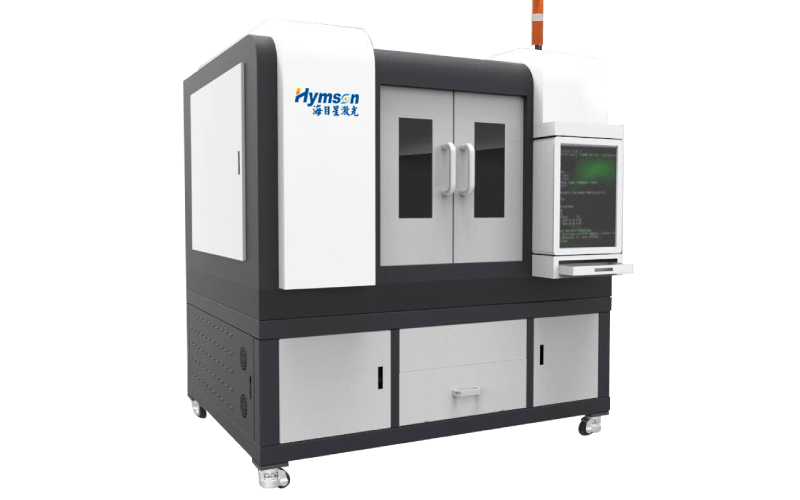金屬板材雷射切割是一種高度通用且精確的製造工藝,徹底改變了產業製造複雜金屬零件的方式。該技術利用聚焦的高能量雷射光束以極高的精度和速度對金屬板材進行切割、蝕刻或穿孔,使其成為各種應用不可或缺的工具。
金屬板材雷射切割的核心涉及使用雷射源、切割頭和運動控制系統,沿著預定路徑精確引導雷射光束,從而有效切割金屬。與傳統金屬切削方法相比,該製程具有一系列優勢,包括提高生產率、提高零件品質和減少材料浪費。
鈑金雷射切割設備關鍵零件
金屬板材雷射切割的成功很大程度取決於其關鍵部件的整合度和性能。這些包括:
雷射光源
雷射光源是系統的核心,提供實現切割過程的高能量光束。雷射技術的進步促進了強大、高效、可靠的雷射光源的發展,例如光纖雷射和CO2雷射器,它們通常用於金屬板材雷射切割應用。
切割頭
切割頭負責將雷射光束精確引導並聚焦到工件上。它通常包括透鏡系統、用於輸送輔助氣體的噴嘴以及用於監控切割過程並保持最佳性能的先進感測器。
運動控制系統
運動控制系統是雷射切割設備的“大腦”,精確控制雷射光束或工件的運動,以實現所需的切割圖案和幾何形狀。該系統通常採用先進的電腦數控(CNC)技術來確保高速、高精度的切割。
自動化和整合系統
許多金屬板材雷射切割機都配備了自動化和整合系統,例如材料處理、零件分類和零件打標功能。這些功能可提高生產力、減少體力勞動並提高整體效率。
金屬板材雷射切割的應用
汽車和交通
汽車和運輸業嚴重依賴鈑金雷射切割來製造複雜的車身面板、結構部件和複雜零件,充分利用該技術的精度和速度。
航空航太和國防
在航空航太和國防工業中,金屬板材雷射切割用於生產飛機、太空船和軍事設備的輕質高強度零件,其中精度和材料效率至關重要。
建築與施工
建築和建築業利用金屬板材雷射切割來製造建築元素、建築立面和結構部件,利用該技術創建複雜設計和形狀的能力。
消費品和電子產品
金屬板材雷射切割也用於消費品和電子設備的生產,能夠創建具有卓越品質和一致性的複雜外殼、外殼和複雜零件。
選擇鈑金雷射切割設備時要考慮的因素
選擇金屬板材雷射切割設備時,必須考慮幾個關鍵因素,以確保最適合您的特定需求:
雷射功率和切割能力:設備的雷射功率和切割能力將決定可加工的金屬板材的厚度和類型,以及切割速度和品質。
切割速度和精度:設備的切割速度和精度對於確定整體生產率和零件品質至關重要,特別是對於複雜或大批量的生產。
材料相容性:設備應能處理各種鈑金材料,包括鋼、鋁、不銹鋼和其他合金,以滿足您製造流程的多樣化要求。
自動化和整合能力:將雷射切割設備與其他製造系統整合的能力,例如材料處理、零件分類和零件打標,可以顯著提高生產率和效率。

鈑金雷射切割設備應用
鈑金雷射切割設備的維護與最佳化
正確維護和優化鈑金雷射切割設備對於確保一致的性能、延長設備使用壽命和最佳生產率至關重要。主要考慮因素包括:
預防性維護實務:實施全面的預防性維護計劃,包括定期檢查、清潔和零件更換,有助於最大限度地減少停機時間並確保設備可靠運作。
故障排除和維修:建立有效的故障排除方案並聘請熟練的技術人員進行及時維修和維護有助於最大限度地減少生產中斷並保持最佳設備性能。
提高效率和生產率:持續監控和優化切割參數,例如雷射功率、切割速度和輔助氣體設置,有助於提高效率、減少材料浪費並提高整體生產率。
結論
透過了解金屬板材雷射切割設備的關鍵組件、應用和注意事項,製造商可以釋放這種變革性技術的全部潛力,並以精度、效率和創新推動其業務向前發展。
分享這篇文章:


